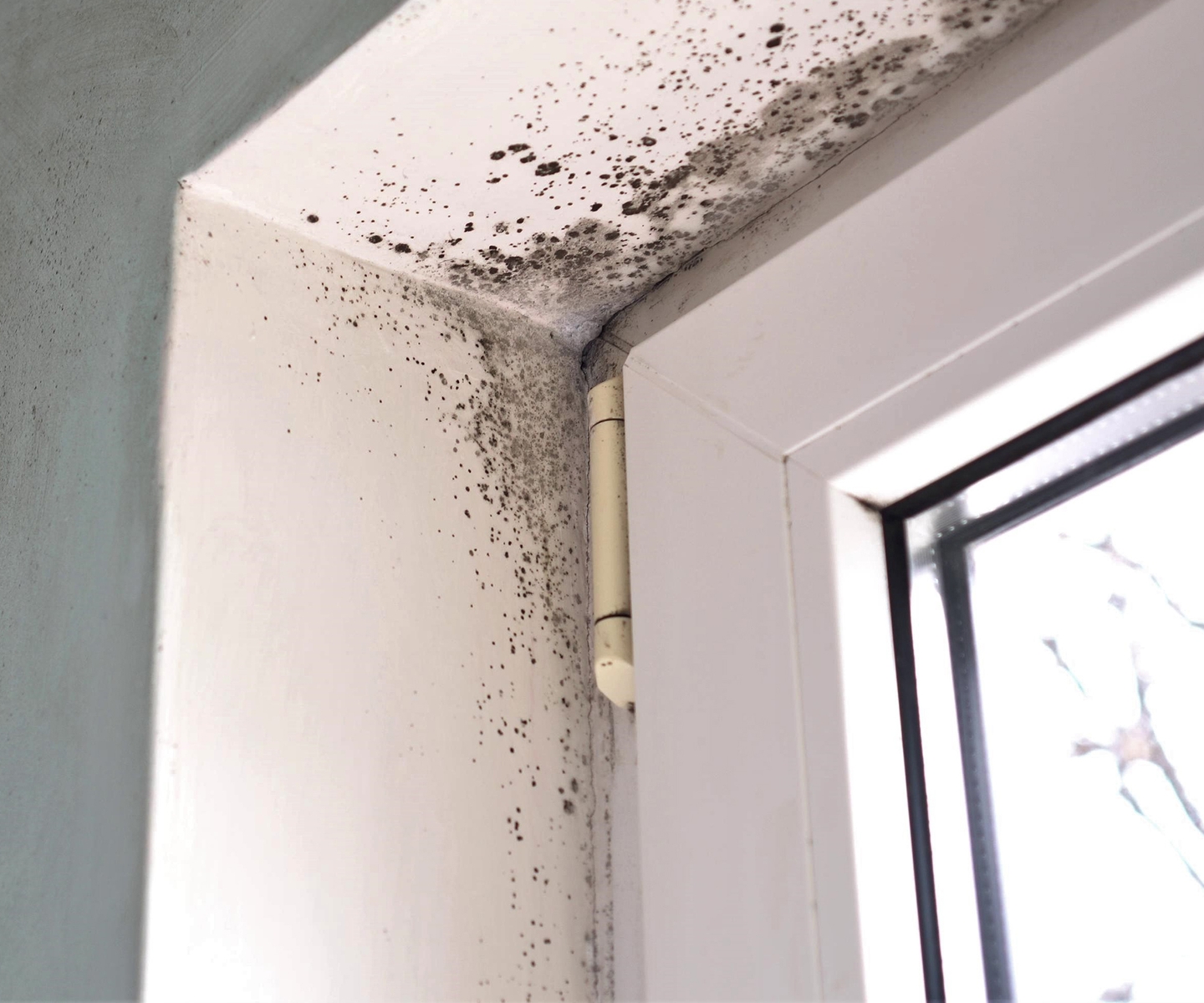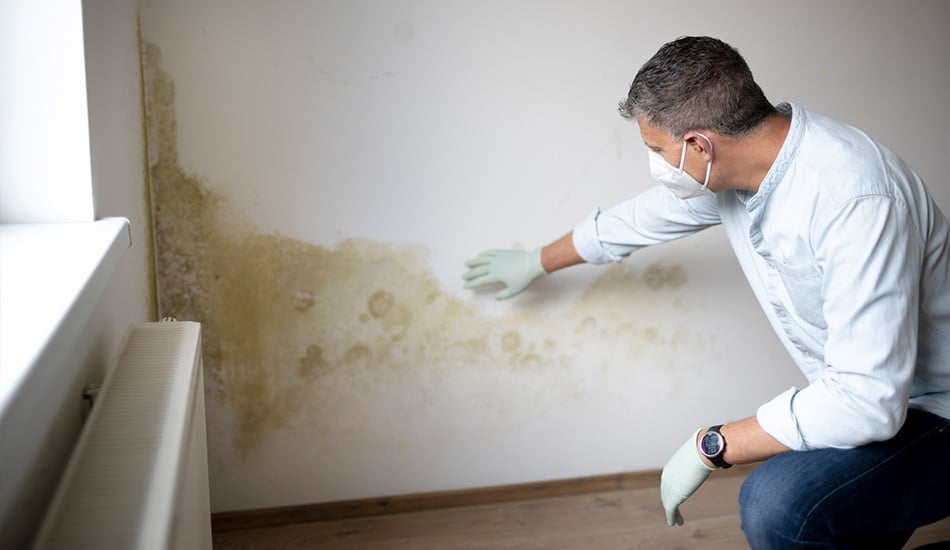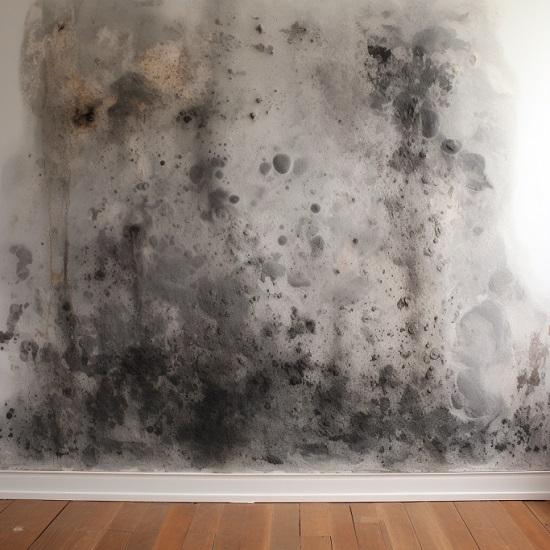Crafting an In-depth Post Mold Remediation Report
Crafting an In-depth Post Mold Remediation Report
Blog Article
Effective Blog Post Mold Removal Solutions for Your Home
Mold development in homes can be a persistent issue, usually calling for a systematic approach for effective post-remediation solutions. From understanding the elements that add to mold and mildew development to implementing correct cleansing strategies and dampness control procedures, the procedure can be detailed yet vital for keeping a healthy and balanced living environment. Additionally, checking out all-natural removal solutions and establishing a routine for continuous maintenance are essential parts of a detailed mold and mildew remediation strategy. As homeowners aim to attend to mold worries, locating one of the most reliable remedies becomes extremely important for the wellness of their families.
Understanding Mold Development Factors
Mold and mildew development is influenced by a range of factors that are important to understand in order to effectively attend to and stop its proliferation. Comprehending these variables is important in applying successful mold and mildew removal techniques. The key element adding to mold and mildew growth is dampness. Mold spores need dampness to flourish and sprout, making damp or wet atmospheres very at risk to mold problems. Poor air flow can additionally result in moisture build-up, creating an optimal breeding place for mold and mildew.

Moreover, air flow and light direct exposure can affect mold development. Areas that lack appropriate ventilation and all-natural light are a lot more prone to mold and mildew advancement. By resolving these factors comprehensively, individuals can successfully minimize mold growth and guard their living atmospheres.
Appropriate Mold Cleansing Methods
Using effective cleansing techniques is important in preventing the recurrence and addressing of mold contamination in interior settings. When handling mold, it is critical to prioritize security by using safety gear such as masks, safety glasses, and handwear covers. The very first step in appropriate mold and mildew cleansing is to have the damaged area to stop the spread of spores to uncontaminated locations. This can be attained by sealing the space and using air scrubbers or negative air devices to preserve air high quality.

Executing Dampness Control Measures
To effectively avoid mold and mildew growth and contamination in interior environments, applying moisture control actions is paramount. Wetness is the main variable that fuels mold advancement, making it crucial to handle moisture degrees within the home. One effective procedure is to utilize dehumidifiers to preserve indoor moisture degrees listed below 60%. Additionally, making certain correct ventilation in locations prone to moisture accumulation, such as kitchens and bathrooms, can assist lower the danger of mold development. Regularly checking and fixing any kind of leaks in plumbing, roofing systems, or home windows is also important in protecting against excess wetness accumulation. Using exhaust followers while food preparation or showering, and permitting air circulation by maintaining furnishings slightly away from wall surfaces can help in dampness control. Additionally, using moisture-resistant products in high-humidity locations, such as mold-resistant drywall and paints, can be useful. By faithfully executing these moisture control steps, house owners can successfully minimize the chance of mold and mildew recontamination and keep a healthy and balanced interior atmosphere.
Using All-natural Removal Solutions
After successfully applying moisture control actions to avoid mold and mildew growth in interior environments, house owners can now check out the performance of natural removal options in maintaining a healthy space. Natural removal solutions make use of ecologically pleasant techniques to combat mold and mold, making them a popular selection for those seeking non-toxic choices. One such service is making use of vinegar, a natural antimicrobial agent, to disinfect and clean surfaces polluted by mold and mildew. Simply dilute vinegar with water and spray it onto the impacted locations, permitting it to sit for a few hours prior to wiping clean. In addition, tea tree oil, known for its antifungal properties, can be combined with water and splashed onto mold-infested surface areas to hinder more development. An additional natural option is hydrogen peroxide, which can successfully eliminate mold and mildew on numerous surfaces without leaving dangerous residues behind. By incorporating these all-natural remediation options into their cleaning regimens, property owners can efficiently combat mold and mildew growth while advertising a healthier interior atmosphere on their own and their family members. investigate this site

Keeping a Mold-Free Atmosphere
In order to protect against mold and mildew reoccurrence and guarantee a consistently mold-free setting, it is vital for property owners to implement positive upkeep practices. On a check my source regular basis examining locations prone to mold and mildew development, such as washrooms, attic rooms, cooking areas, and basements, is crucial. Dealing with any kind of leakages, water damage, or excess moisture without delay can substantially minimize the threat of mold advancement. Post Mold Remediation Report. Correct air flow in locations with high humidity degrees is also vital to preventing mold and mildew growth. Using dehumidifiers or exhaust fans can aid preserve optimal moisture levels and inhibit mold spores from thriving.
Furthermore, maintaining tidiness in the home is essential for mold and mildew prevention. Keeping interior plants in check and guaranteeing correct water drainage in outdoor landscaping can lessen dampness accumulation, reducing the possibility of mold invasions.
Verdict
Finally, it is necessary to attend to mold development elements, use proper cleansing methods, implement wetness control measures, use natural removal solutions, and preserve a mold-free environment in order to successfully handle blog post mold removal in your home - After mold remediation. By complying with these strategies, you can avoid mold and mildew from recurring and make sure a healthy and balanced living environment for you and your household
The key element contributing to mold and mildew development is moisture. Mold spores need dampness to germinate and prosper, making moist or humid environments highly prone to mold and mildew problems.To efficiently protect against mold growth and contamination in interior settings, carrying out dampness control steps is extremely important. Additionally, making sure correct ventilation in areas vulnerable to moisture buildup, such as washrooms and kitchens, can assist minimize the threat of mold growth.After effectively implementing moisture control procedures to stop mold and mildew growth in interior environments, house owners can currently discover the effectiveness of natural find more info removal remedies in maintaining a healthy living area.
Report this page